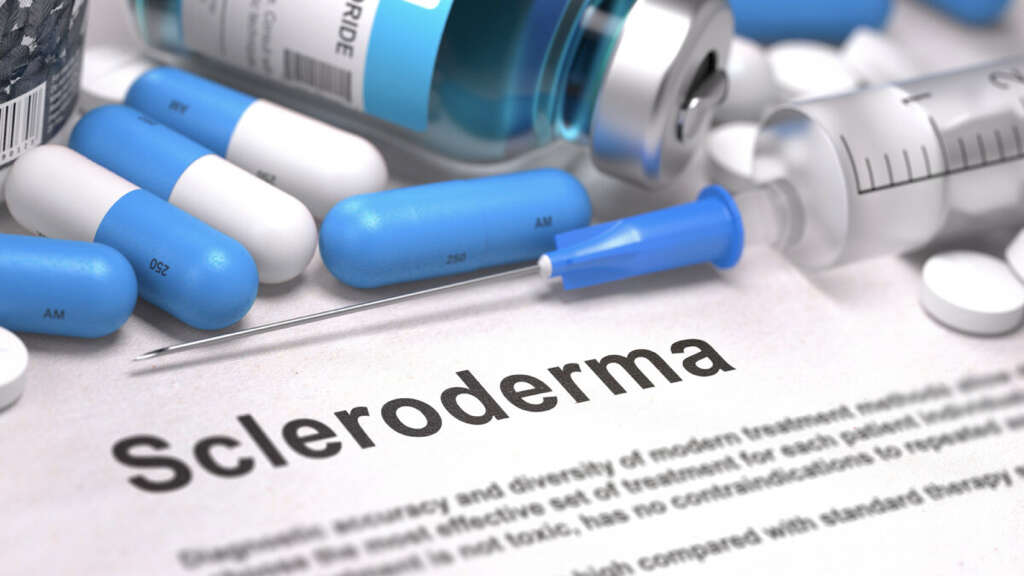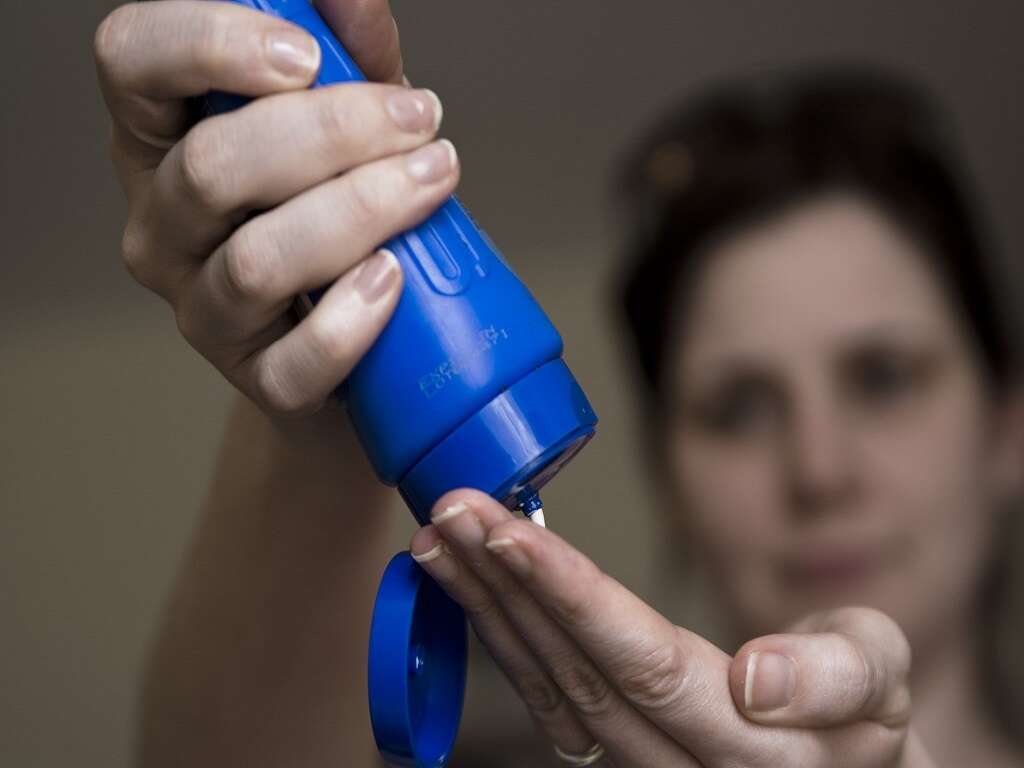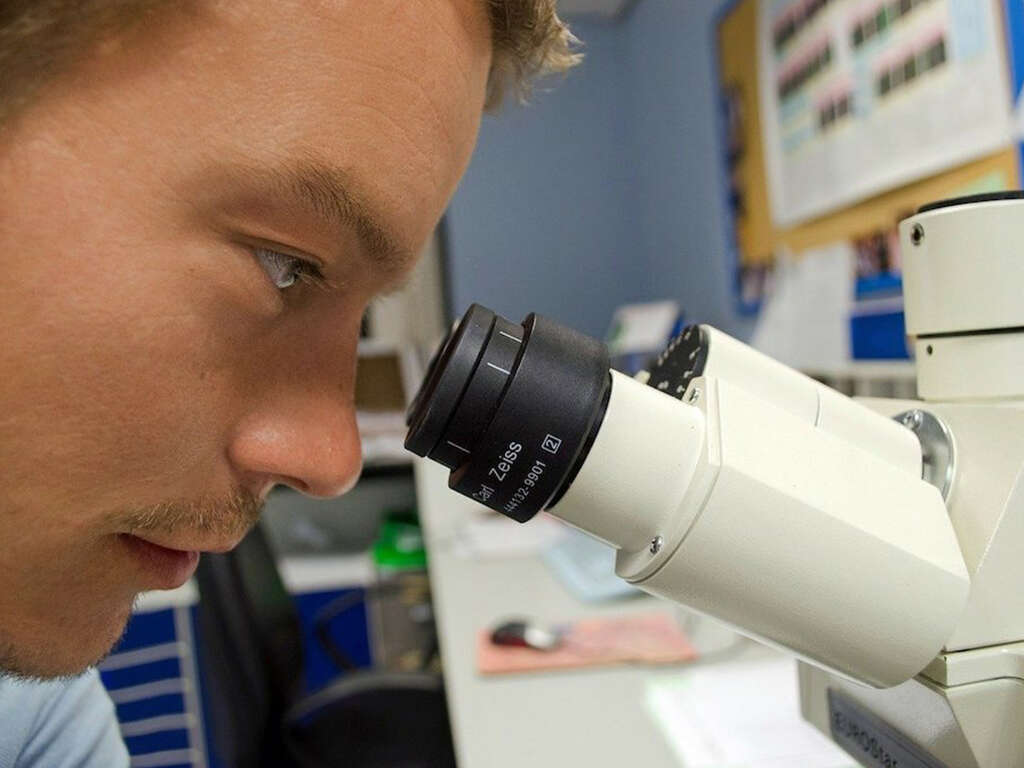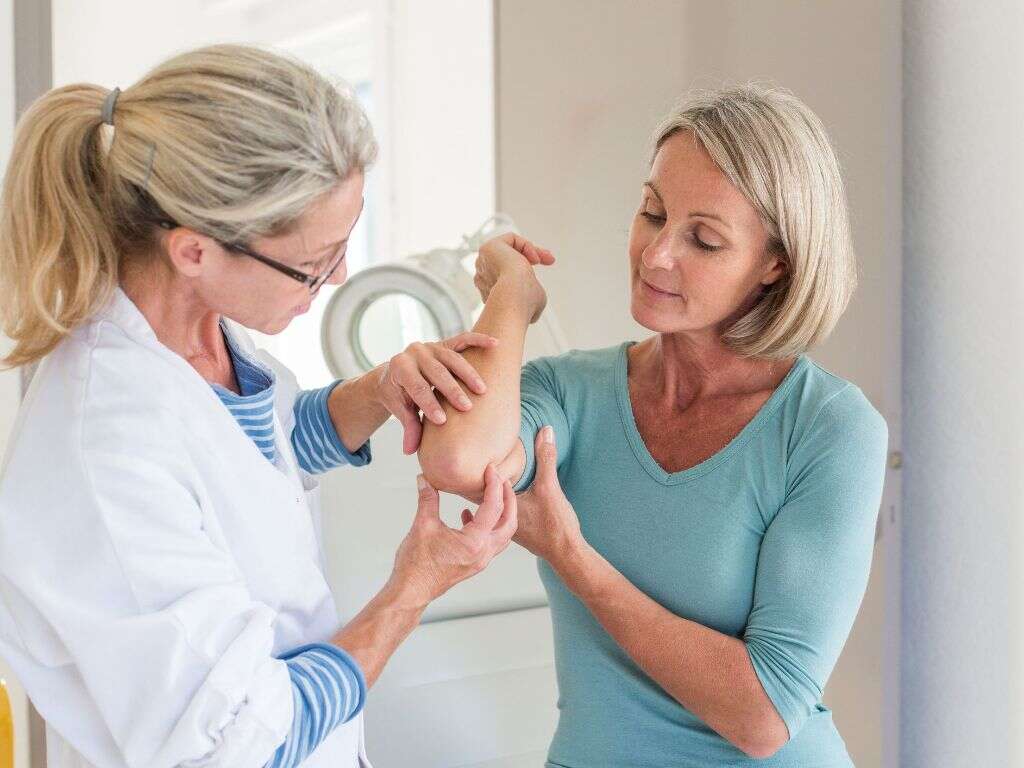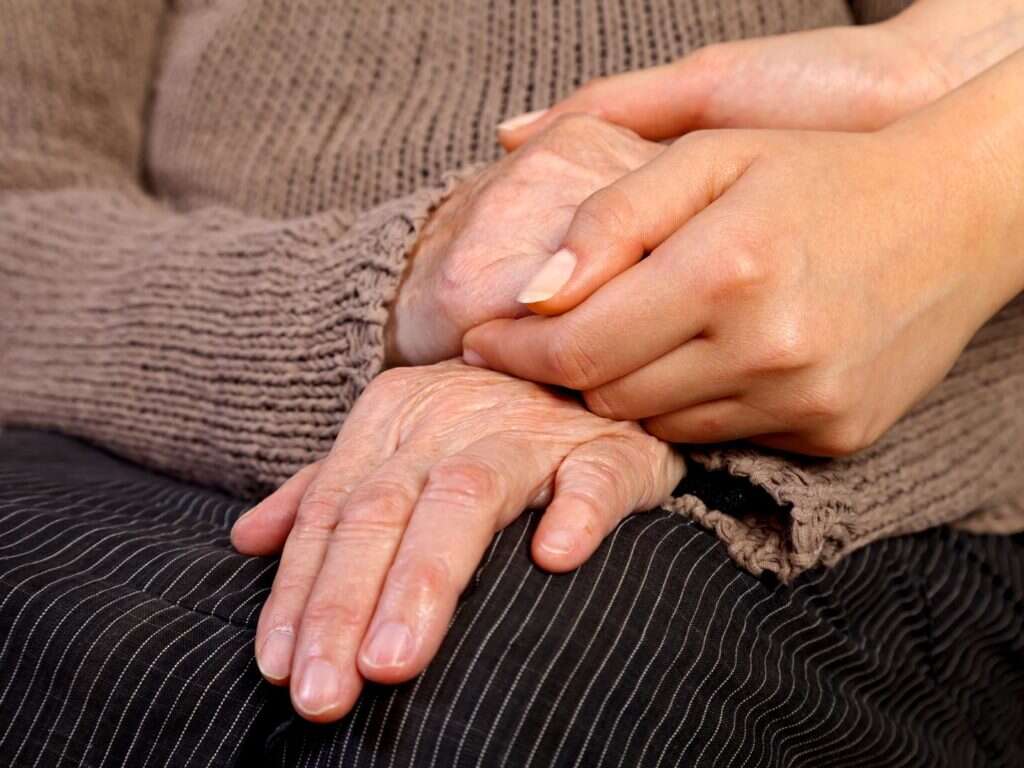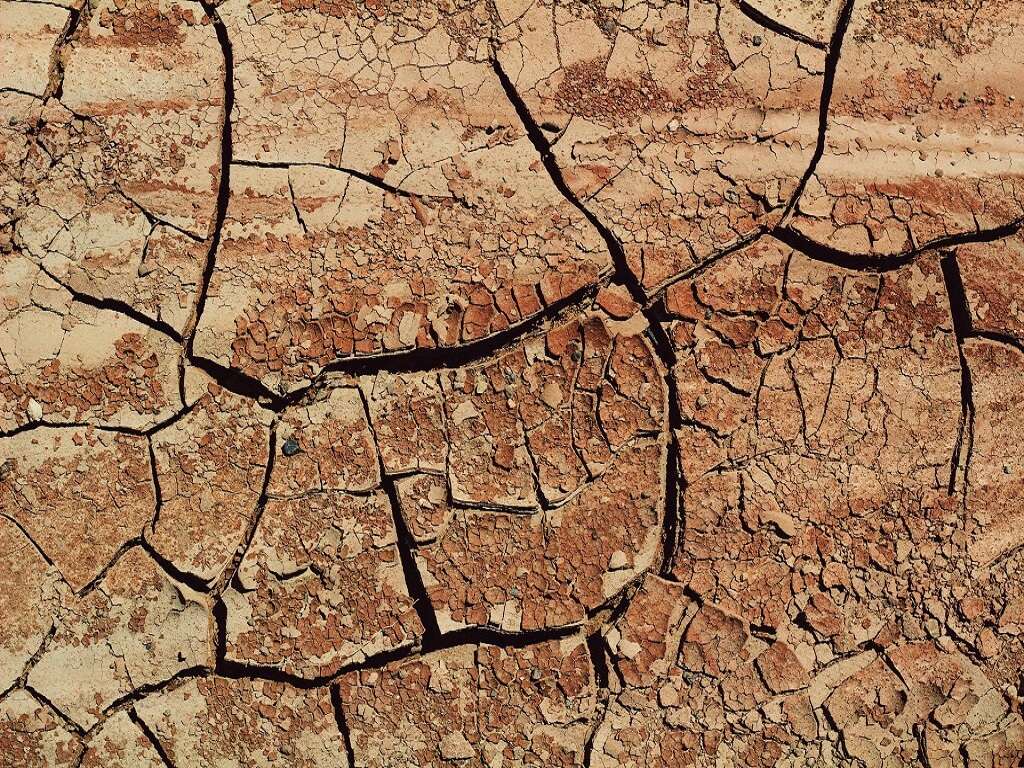What Is Scleroderma?
Scleroderma, or systemic sclerosis, is an autoimmune disease that occurs when the immune system attacks the body’s own healthy cells and tissues, treating them like it would a foreign body or a harmful organism. Scleroderma changes the nature of the skin such that the texture and appearance change due to increased production of collagen. Collagen is an essential component of connective tissues such as skin. Some people think that scleroderma is limited to the skin. However, it can affect many other tissues including blood vessels, muscles, heart, gastrointestinal, pulmonary, and renal systems.
Since it is an autoimmune disease, some of its features can also appear in other autoimmune disorders. Such a condition is called mixed connective disorder and it includes some features from each autoimmune disorder. Scleroderma usually appears in people aged between 30 and 50 years, and is more common in women than men. Its symptoms vary according to the affected tissues and systems.
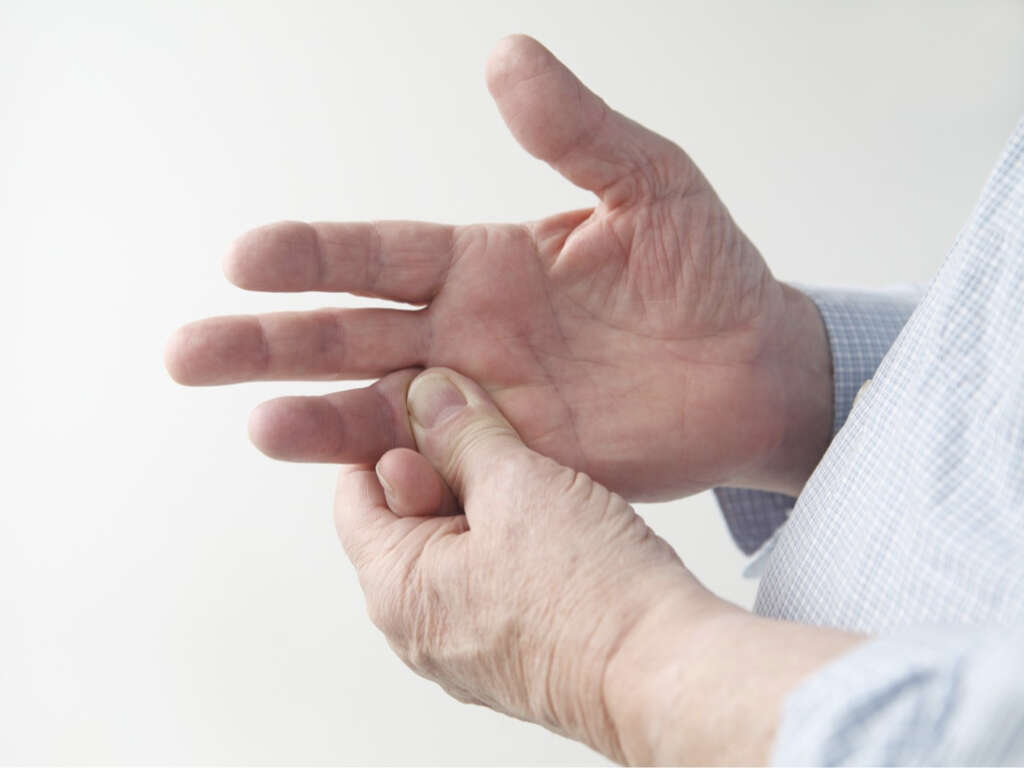
1. Symptoms of Scleroderma
Scleroderma means hard skin. The first symptom of scleroderma is the changes occurring in fingers and hands such as stiff hands, tight fingers, and puffiness. The early symptoms usually appear as a reaction to cold or stress. This is followed by swelling in hands and feet, which usually happens in the morning more than the rest of the day. Other symptoms include deposition of calcium in connective tissues, Raynaud’s disease, esophageal problems such as difficulty in swallowing, increased tightness, puffiness, and stiffness of fingers, and red spots on face and hands. However, not all these symptoms appear in every patient, and symptoms actually vary from person to person.
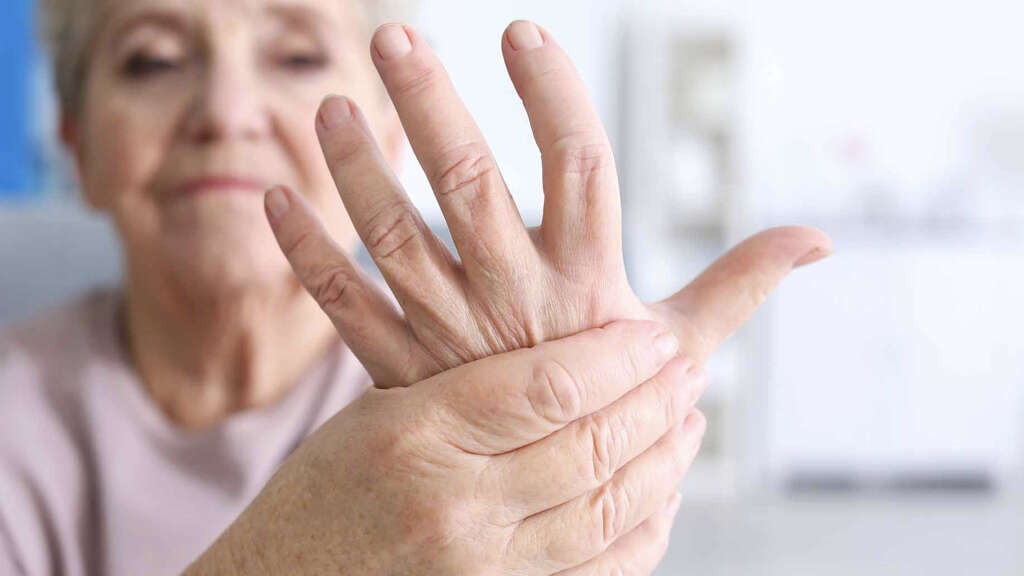
2. Causes of Scleroderma
The exact cause of scleroderma is unknown, similar to most autoimmune diseases. It makes the body produce more collagen in the connective tissues leading to thickness, tightness, fibrosis, and scarring of tissues. Connective tissues are responsible for supporting the whole body together by making the fibers that form the overall framework of the body.
Connective tissues exist under the skin, inside the walls of blood vessels, around internal organs, and supporting muscles and bones.
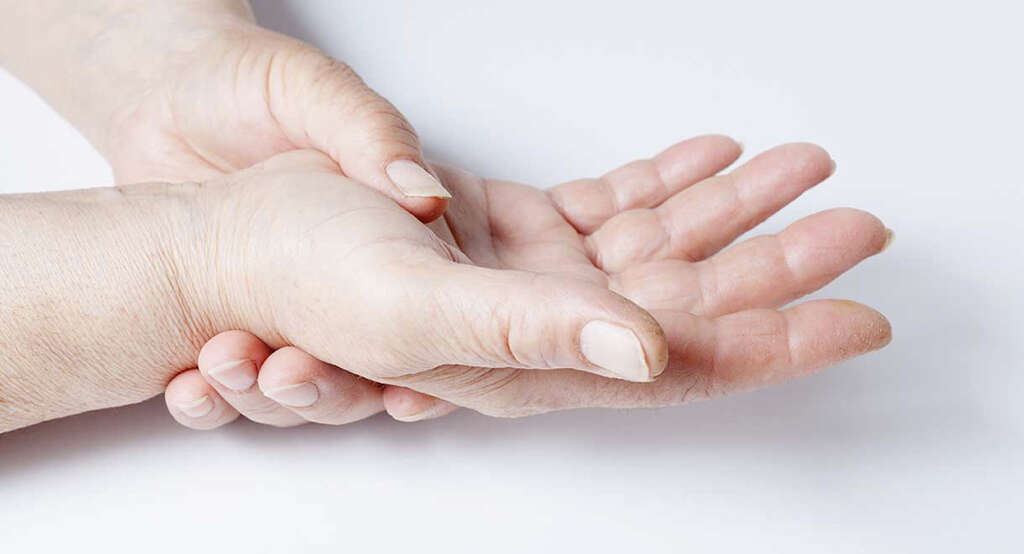
3. Genetic Factors
Most scientists say that genetic and environmental factors play an essential role in having scleroderma. However, more research is required to identify the responsible genes.
Still, the incidence of scleroderma is high in families having autoimmune diseases in general. It is inherited, not contagious. This means that a person from a family with a history of scleroderma is more likely to get it.
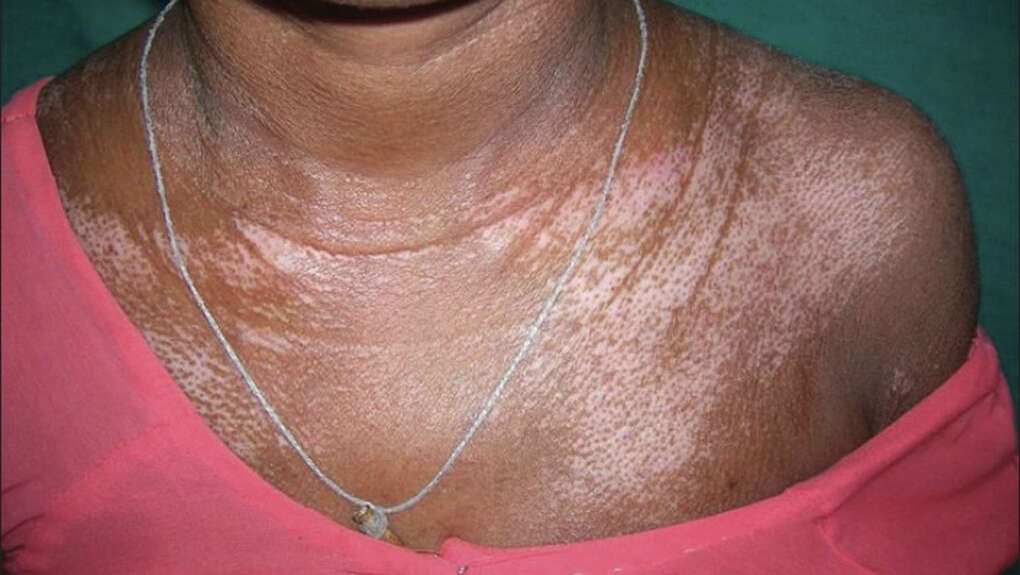
4. Other Diseases Associated with Scleroderma
Scleroderma is sometimes linked to other health conditions including cardiac problems such as congestive heart failure, arrhythmias, and tachycardia or bradycardia. These conditions may arise due to inflammation in the lining of the heart. This can lead to chest pain and fluid accumulation around the heart.
Dry mouth can lead to dental problems, and the condition may worsen and cause the mouth to become smaller, such that dental care becomes difficult. Different kinds of sexual problems may also occur including erectile dysfunction in men and vaginal dryness and constricted vaginal opening in women. Other conditions like hypothyroidism may also occur leading to a significant decrease in the rate of metabolism.

5. Complications
There are many complications of scleroderma because it affects many tissues and organs. The complications vary according to the severity of the disease and the affected tissues. Some complications can be life threating and others are mild to moderate. Due to the tight skin and swellings, movement can be difficult. Joint and muscles become harder and difficult to move.
Raynaud’s disease which causes narrowing of the blood vessels in the fingers, hands, and feet may develop. It can lead to ulcers and even gangrene, necessitating amputation if the condition is left untreated for a while. Pulmonary problems including pulmonary hypertension can cause permanent pulmonary damage. Heart and, or respiratory failure may also occur and a lung or heart transplant might be needed. Hypertension, proteinuria, renal failure, and edema are also common in neglected scleroderma. Intestinal movement may also be affected, leading to constipation and other GIT problems. Some complications may be fatal.

6. Disease Process
Scleroderma is an autoimmune disease, and autoimmune diseases are generally difficult to diagnose because their symptoms are similar to those of other autoimmune diseases. The condition is mostly diagnosed in the late stages.
There are many types of scleroderma; localized scleroderma is common in children while systemic scleroderma is common in adults. Gender, race, age, and ethnic background all have some bearing in the development of scleroderma. If your family has a history of having autoimmune diseases, especially rheumatic conditions, there is a strong possibility that you may get scleroderma. However, it is not always inherited, although genetic factors play a significant role in the disease process.

7. Diet and Lifestyle Changes to Ease Scleroderma
Scleroderma symptoms can lead to a decrease in appetite and severe weight loss. It is therefore essential to follow a healthy diet containing as many beneficial elements as possible to avoid cardiac, pulmonary, and renal problems. Calcium is great for the bones, so include milk and other dairy products in your diet. Vitamin D, which you can get naturally from the sun, is essential for the utilization of calcium. Iron reduces the risk of anemia. Therefore, it is important to include meat, fish, and eggs in your diet.
Also, include omega-3 fatty acid-rich foods to protect your body from various diseases including heart problems and inflammation in the joints. Walnuts and fortified eggs are good sources. And avoid foods that may overload your blood vessels and heart. Keep your diet balanced to avoid further complications and reduce the symptoms.

8. Diagnosis
As mentioned earlier, it is hard to diagnose scleroderma. The condition develops gradually and has many types. Besides, its symptoms are similar to those of many other autoimmune and nonautoimmune disorders. The patients usually visit a physician first, and after physical examination and basic tests, will be referred to a rheumatologist.
The rheumatologist performs additional tests including a skin biopsy using an electron microscope to see any changes in the blood vessels, capillaries, or around fingernails. A blood sample may also be examined for certain antibodies. In general, while diagnosing scleroderma, doctors check skin, gastrointestinal tract, lungs, joints, heart, and muscles. Shortness of breath, joint pain, and deposition of calcium are among the top signs of scleroderma.
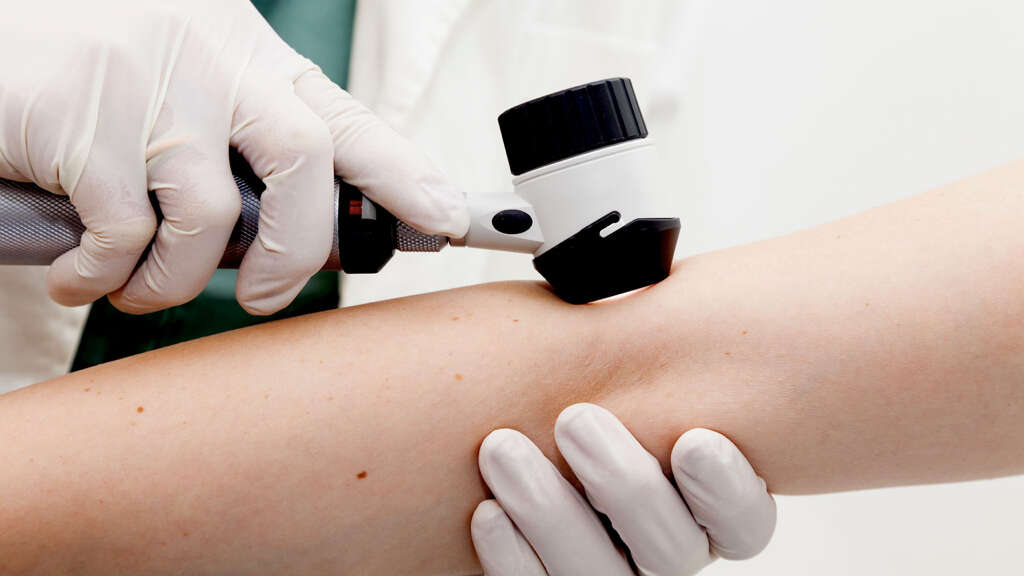
9. Treatment
Unfortunately, there is no treatment for scleroderma. No medication is able to prevent the overproduction of collagen. The treatment is symptomatic to decrease the progress complications, maintain the workings of organs, and decrease the progress of damage. Localized scleroderma usually resolves with the help of symptomatic treatment, which varies according to the symptoms.
For example, antihypertensive drugs dilate blood vessels and reduce the risks of developing Raynaud’s disease and thereby prevent renal or pulmonary diseases. Immunosuppressant drugs are essential to reduce the severity of the condition and minimize damage, and physical therapy improves movement and strengthens muscles.

10. Long-Term Outlook
Scleroderma is a rare, chronic disease that is stressful to live with. This is made worse because the condition is not well understood. It is, therefore, a difficult condition to live with because you do not know what to expect.
If you have it, or are affected by it in any way, it is important to read as much as possible about scleroderma. The knowledge you get will help you to slow down progress of the disease, and to control the symptoms.
